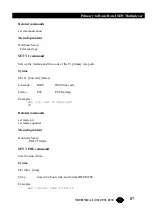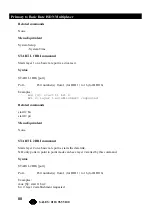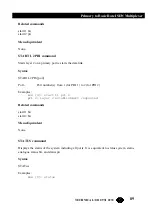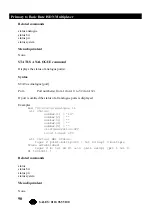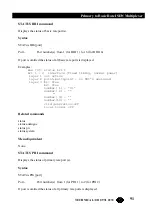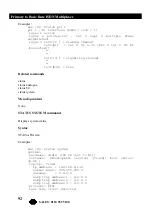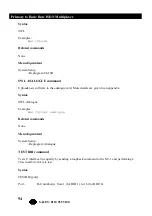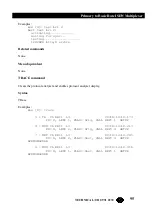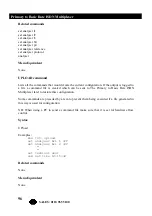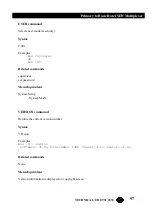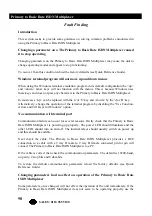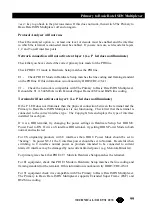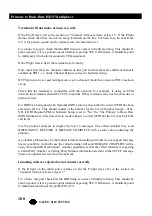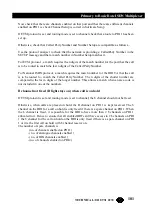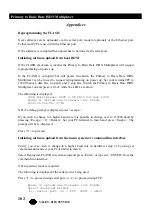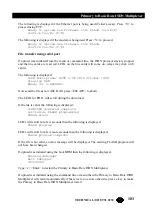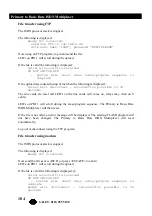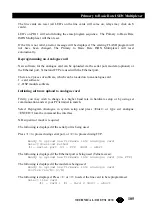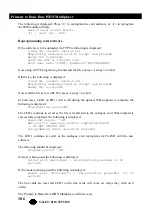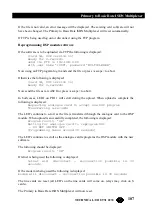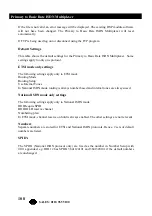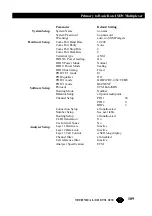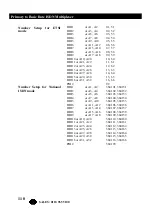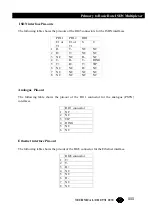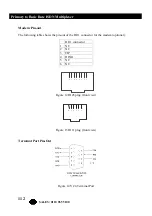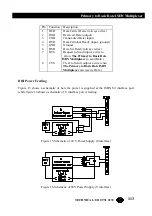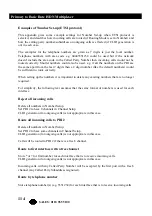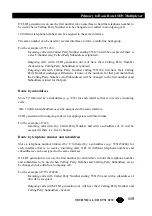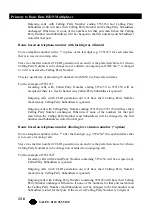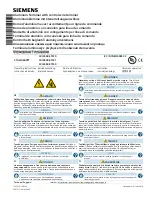
101
Primary to Basic Rate ISDN Multiplexer
TECHNICAL: 0118 931 2233
Now check that there are channels enabled on that port and that there are sufficient channels
enabled on PRI 1 ie check Channel Setup is correct in Software Setup
If ETSI protocol is set and routing mode is set to channel check that a route to PRI 1 has been
set up.
Otherwise, check that Called Party Number and Number Setup are compatible as follows...
Use the protocol analyser to check that the network is providing a CalledParty Number in the
SETUP message and that a match number in Number Setup matches it.
For ETSI protoco1, a match requires the n digits of the match number for the port that the call
is to be routed to match the last n digits of the Called Party Number.
For National ISDN protocol, a match requires the match number for the BRI TA that the call
is to be routed to - match the Called Party Number. The n digits of the shorter number are
compared to the last n digits of the longer number. This allows a match when an area code is
not included in one of the numbers.
B channel not freed (B light stays on) when call is on hold
If ETSI protocol is set and routing mode is set to channel, the b channel should not be freed.
Otherwise, when calls are placed on hold, the B channel on PRI 1 is kept reserved. The b
channel on the BRI for a call on hold is only freed if there is a spare channel on PRI 1. When
the b channel is freed, it is possible for the BRI to have more than 2 b channels on PRI 1
allocated to it. Hence to ensure that all enabled BRI's still have access to 2 b channels on PRI
1 the b channel for the call on hold on the BRI is only freed if there is a spare channel on PRI
1 or it is the first call on hold with b channel reserve on.
The number of spare channels is
(no. of channels enabled on PRI 1)
- ( no. of analogue channels enabled )
- ( no. of BRI channels enabled )
- (no. of channels enabled on PRI 2)

